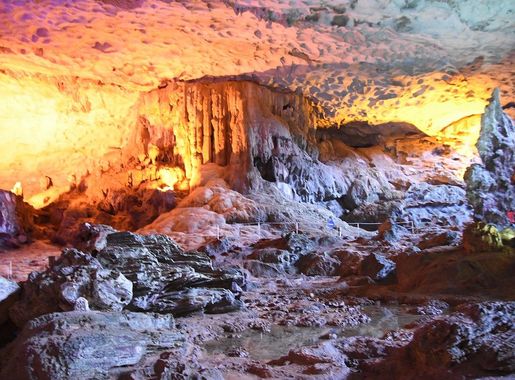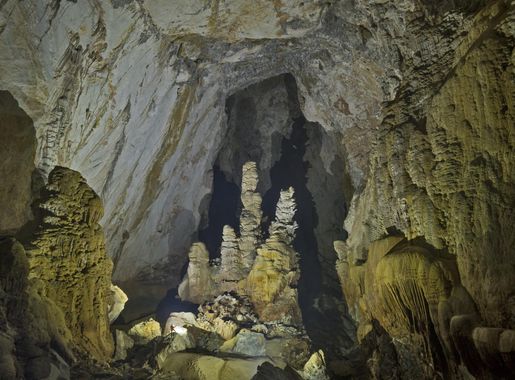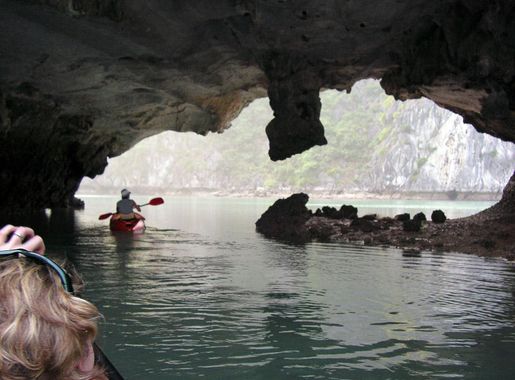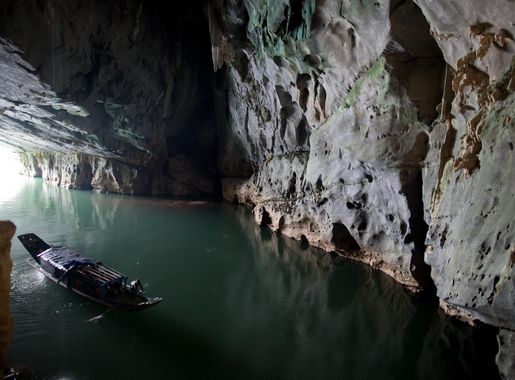
The Majestic Wonder of Phong Nha-Ke Bang National Park
Discover the ancient karst landscapes, stunning caves, and rich cultural tapestry of Phong Nha-Ke Bang National Park, Vietnam's hidden gem and UNESCO World Heritage site.
Phong Nha-Ke Bang National Park, a UNESCO World Heritage site, offers an enchanting blend of natural beauty and adventure. Located in central Vietnam, this park is home to some of the oldest karst mountains in Asia, formed over 400 million years ago. The landscape is a breathtaking mosaic of limestone peaks, dense forests, and mysterious caves, making it a paradise for nature lovers and thrill-seekers alike. One of the main attractions of the park is the Phong Nha Cave, which boasts an impressive length of 7,729 meters and features underground rivers, stalactites, and stalagmites. Visitors can explore the cave by boat, gliding through its dark, cool chambers and marveling at the natural formations. Don't miss the chance to visit the Paradise Cave, known for its surreal and stunning beauty, often regarded as one of the most beautiful caves in the world. For those seeking more adventure, the park offers various trekking and hiking trails. Traverse through lush jungles, discover hidden waterfalls, and encounter diverse wildlife. The park also provides guided tours for exploring the Son Doong Cave, the largest cave in the world, which offers an unparalleled experience of nature's grandeur. Beyond its natural wonders, Phong Nha-Ke Bang National Park is rich in cultural history. The park is surrounded by charming villages where you can experience local life, taste traditional Vietnamese cuisine, and learn about the area's history. Whether you're exploring the depths of its caves or the heights of its mountains, Phong Nha-Ke Bang National Park promises an unforgettable journey into the heart of nature.
Local tips in Phong Nha-Ke Bang National Park
- Visit during the dry season (February to August) for the best conditions for cave exploration and outdoor activities.
- Bring sturdy walking shoes and insect repellent for treks and cave tours.
- Book guided tours in advance, especially for popular caves like Son Doong and Paradise Cave.
- Carry cash as ATMs are limited in the area.
- Respect local customs and traditions when visiting nearby villages.
The Majestic Wonder of Phong Nha-Ke Bang National Park
Phong Nha-Ke Bang National Park, a UNESCO World Heritage site, offers an enchanting blend of natural beauty and adventure. Located in central Vietnam, this park is home to some of the oldest karst mountains in Asia, formed over 400 million years ago. The landscape is a breathtaking mosaic of limestone peaks, dense forests, and mysterious caves, making it a paradise for nature lovers and thrill-seekers alike. One of the main attractions of the park is the Phong Nha Cave, which boasts an impressive length of 7,729 meters and features underground rivers, stalactites, and stalagmites. Visitors can explore the cave by boat, gliding through its dark, cool chambers and marveling at the natural formations. Don't miss the chance to visit the Paradise Cave, known for its surreal and stunning beauty, often regarded as one of the most beautiful caves in the world. For those seeking more adventure, the park offers various trekking and hiking trails. Traverse through lush jungles, discover hidden waterfalls, and encounter diverse wildlife. The park also provides guided tours for exploring the Son Doong Cave, the largest cave in the world, which offers an unparalleled experience of nature's grandeur. Beyond its natural wonders, Phong Nha-Ke Bang National Park is rich in cultural history. The park is surrounded by charming villages where you can experience local life, taste traditional Vietnamese cuisine, and learn about the area's history. Whether you're exploring the depths of its caves or the heights of its mountains, Phong Nha-Ke Bang National Park promises an unforgettable journey into the heart of nature.
When is the best time to go to Phong Nha-Ke Bang National Park?
Iconic landmarks you can’t miss
Phong Nha - Ke Bang National Park
Discover the natural beauty and adventure of Phong Nha - Ke Bang National Park, a UNESCO World Heritage site with stunning caves and vibrant ecosystems in Vietnam.
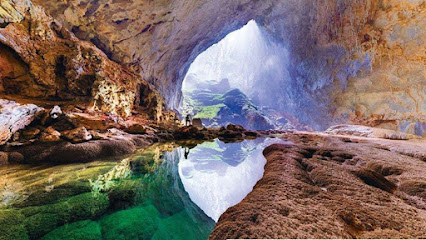
Phong Nha Ke Bang
Explore Phong Nha Ke Bang, Vietnam's breathtaking national park known for its stunning caves, rich biodiversity, and picturesque landscapes.

Unmissable attractions to see
The Duck Stop
Experience the whimsical joy of The Duck Stop in Quang Binh, where friendly ducks and local flavors create unforgettable memories.
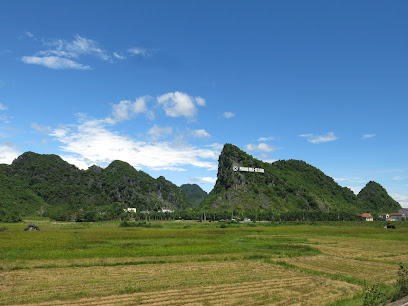
Hang Sơn Đoòng
Discover the breathtaking beauty of Hang Sơn Đoòng Cave, the world's largest cave, nestled in Vietnam's stunning Phong Nha-Kẻ Bàng National Park.

HaVa Valley - Thung Lũng Ngọc Bich
Experience the enchanting beauty of HaVa Valley – Thung Lũng Ngọc Bích, a serene escape in Quảng Bình, Vietnam, perfect for nature lovers and adventure seekers.

Hang Trạ Ang
Explore the captivating Hang Trạch Ang in Quang Binh, Vietnam - a natural wonder of caves and stunning landscapes for every adventurer's delight.
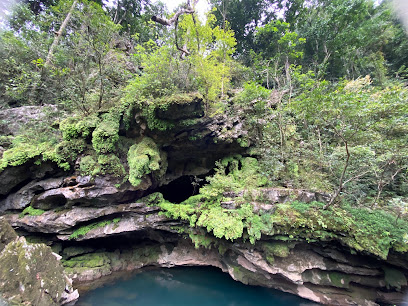
Phong Nha Cave
Discover the breathtaking beauty of Phong Nha Cave, a UNESCO World Heritage site, featuring stunning limestone formations and rich biodiversity in Vietnam.

Núi Đôi Semiwild Enclosure
Explore the natural beauty and diverse wildlife at Nùi Đôi Semiwild Enclosure in Phong Nha, a unique tourist attraction in Vietnam.

Hang Va Cave
Explore the enchanting Hang Va Cave, a natural wonder in Quang Binh, Vietnam, filled with breathtaking formations and rich biodiversity.
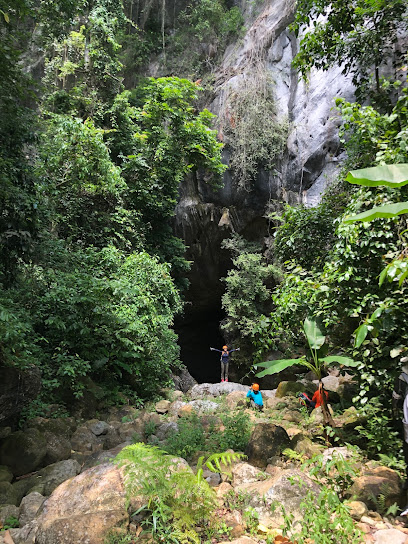
En Cave
Discover the enchanting En Cave in Quang Binh Province, Vietnam, where nature's beauty meets adventure in a breathtaking underground world.
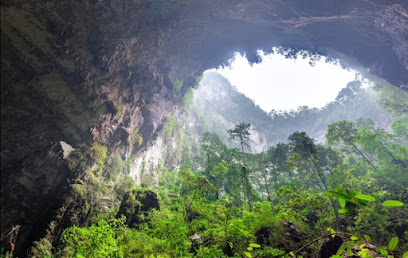
Tien Son Cave
Discover the breathtaking beauty of Tien Son Cave, a natural wonder in Phong Nha, Vietnam, rich in stunning limestone formations and adventure.
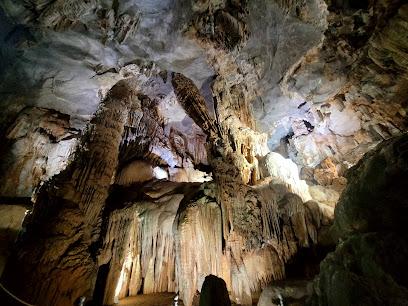
Elephant cave
Discover the breathtaking beauty of Elephant Cave in Quang Binh Province, a natural wonder showcasing stunning limestone formations and rich geological history.

Tien Son Cave
Discover the stunning formations and natural beauty of Tien Son Cave in Vietnam's Quang Binh Province, a must-visit for every adventure seeker.
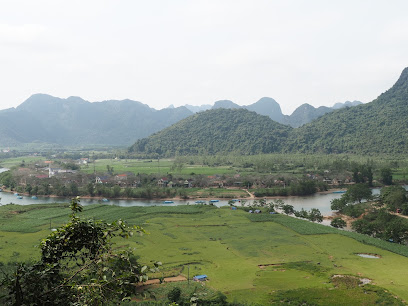
Bờ bắc sông Son - Phong Nha Kẻ Bàng
Discover the serene beauty of Bờ Bạc Sông Son in Phong Nha Kẻ Bàng, Vietnam, where lush landscapes and adventure await every traveler.

Essential places to dine
Bamboo Chopsticks
Discover authentic Vietnamese flavors at Bamboo Chopsticks in Phong Nha – where every meal tells a story.
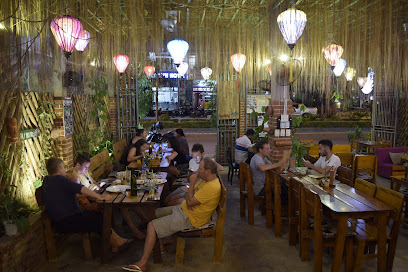
Nhà Hàng Hải Sản Nhật Phong 3
Experience the freshest seafood in Nha Trang at Nhà Hàng Hải Sản Nhật Phong 3 - where tradition meets taste!

Phong Nha Vegan Restaurant
Discover delicious vegan cuisine at Phong Nha Vegan Restaurant - where local flavors meet healthy eating in beautiful Quang Binh Province.
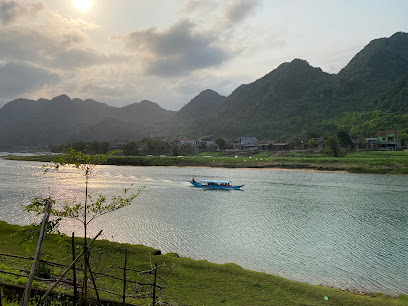
PHONG NHA FAMILY RESTAURANT (NHÀ HÀNG GIA ĐÌNH VIỆT NAM)
Discover authentic Vietnamese flavors at Phong Nha Family Restaurant in Quang Binh Province – a culinary gem amidst stunning natural beauty.
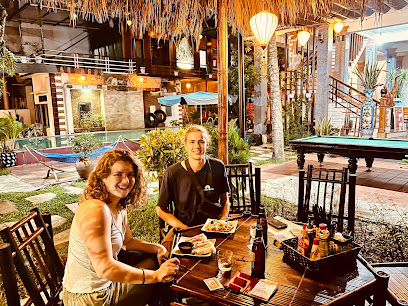
Lantern Vietnamese Restaurant
Savor authentic Vietnamese cuisine amidst the stunning landscapes of Phong Nha at Lantern Vietnamese Restaurant.
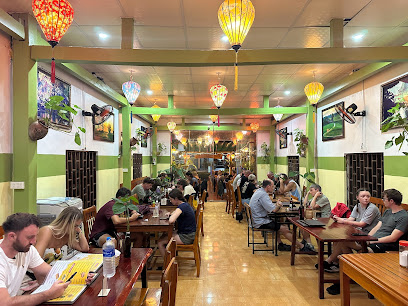
ARTIST'S ZONE
Experience authentic Vietnamese cuisine amidst artistic decor at ARTIST'S ZONE in Phong Nha – where culture meets flavor.
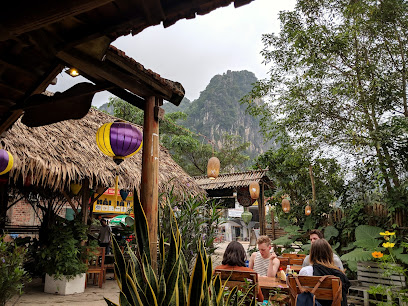
The Rice House
Discover authentic Vietnamese flavors at The Rice House in Phong Nha - a culinary haven surrounded by breathtaking nature.
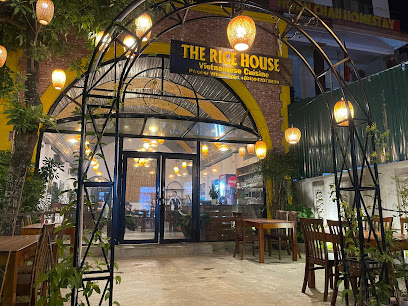
Phong nha Rooftop Bar
Discover breathtaking views and authentic Mexican flavors at Phong Nha Rooftop Bar in Quang Binh Province, Vietnam.

Son Doong Restaurant
Discover authentic Vietnamese flavors at Son Doong Restaurant in Phong Nha – where every meal is a journey into local culinary delights.
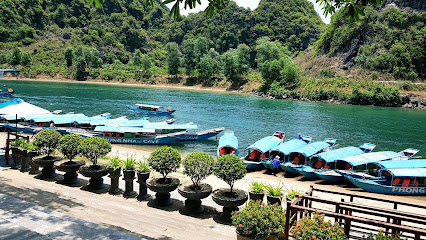
Lotus Restaurant - Phong Nha
Discover authentic Vietnamese flavors at Lotus Restaurant - Phong Nha in Quang Binh Province, where every dish tells a story.
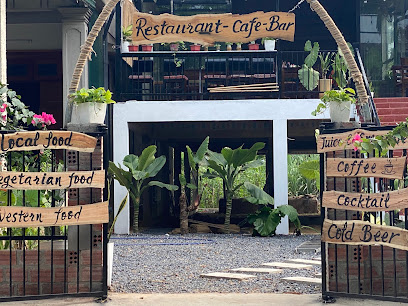
The Villas Restaurant
Discover exquisite Vietnamese cuisine amidst the natural beauty of Phong Nha-Ke Bang National Park at The Villas Restaurant.

Markets, malls and hidden boutiques
Phong Nha - Ke Bang National Park
Explore the enchanting beauty of Phong Nha - Ke Bang National Park, a UNESCO World Heritage Site with stunning caves, rich biodiversity, and thrilling outdoor activities.
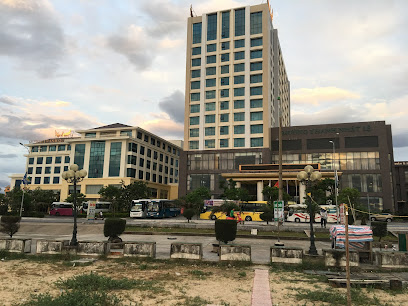
Điểm Mua Vé
Embark on unforgettable adventures in Phong Nha with Điểm Mua Vé, your essential ticketing hub for exploring Vietnam's stunning natural heritage.
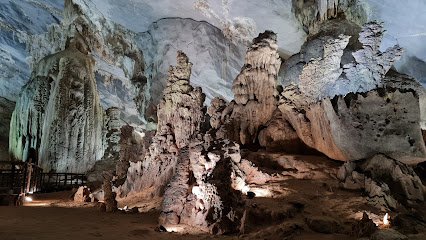
Thiên Đường Bakery
Discover the flavors of Vietnam at Thiên Đường Bakery, where every bite is a journey into the heart of local cuisine.

Vape and Pod Store Phong Nha
A vibrant hub for vaping enthusiasts in Phong Nha, offering a wide range of products and a welcoming atmosphere.

WinMart+
Explore local flavors and essentials at WinMart+, your go-to grocery store in Quang Binh, Vietnam, for a delightful shopping experience.

Quán Phương Vy
Experience authentic Vietnamese flavors at Quán Phương Vy, a cozy restaurant in Quảng Bình, perfect for travelers seeking local culinary delights.

CÁT QUẢNG BÌNH - PHONG NHA
Discover the serene charm of Cát Quảng Bình, a delightful coffee shop in Phong Nha, Vietnam, where nature and relaxation meet.

Lá Store - Cho thuê đồ Boho/Vintage Phong Nha - Quảng Bình
Discover unique Boho and Vintage women's clothing at Lá Store in Phong Nha, Quang Binh - a must-visit for fashion lovers!

Nhà May Phan Hương
Discover the essence of Vietnamese culture at Nhà May Phan Hương, where unique gifts and local handicrafts await.
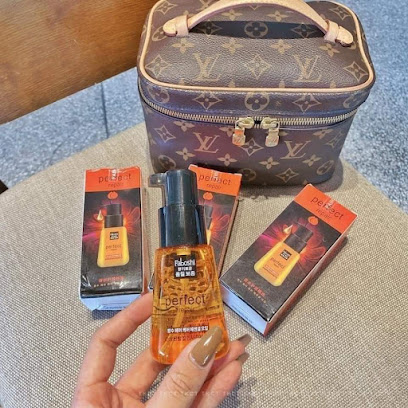
Đặc sản, cafe Hương Rừng
Explore unique gifts and local delicacies at Đặc Sản, Cafe Hương Rừng in Bố Trạch District, Quang Binh Province.

Family mart
Explore Family Mart in Phong Nha, Quang Binh - your go-to variety store for snacks, drinks, and travel essentials in Vietnam.

Shop Diệu Linh Boutique
Explore the essence of Vietnamese fashion at Shop Diệu Linh Boutique, where style meets tradition in Quang Binh.

Miu Shop
Discover stylish and affordable children's clothing at Miu Shop in Bố Trạch, Quang Binh, where local culture meets modern fashion.

Hoan Chau minimart
Explore Hoan Chau Minimart for an authentic shopping experience filled with local flavors and unique souvenirs in the heart of Phong Nha.

M2M - Mart
Explore the stunning Phong Nha region with M2M - Mart as your go-to convenience store for essentials and local delights.

Essential bars & hidden hideouts
Paradise Cave Restaurant
Experience the flavors of Quang Binh at Paradise Cave Restaurant, where local cuisine meets stunning natural beauty.
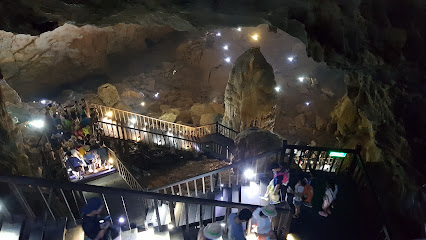
Pub with cold beer
Discover the charm of Quang Binh's best pub, where cold beer meets local culture in a warm and inviting atmosphere.
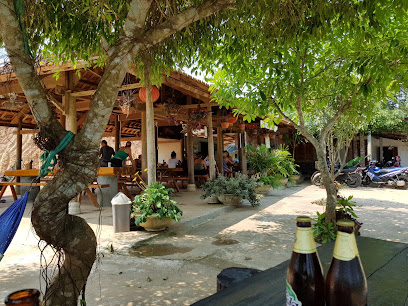
Victory Road Villas
Experience the beauty of Phong Nha Ke Bang National Park at Victory Road Villas, where relaxation meets adventure in a stunning natural setting.
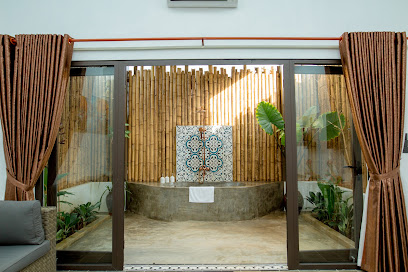
King Kong Bar Phong Nha
Experience the lively nightlife at King Kong Bar Phong Nha, where fun meets adventure in the heart of Quang Binh Province.

The Villas Restaurant
Experience authentic Vietnamese cuisine in the heart of Phong Nha-Ke Bang National Park at The Villas Restaurant, a true culinary gem amidst nature's beauty.
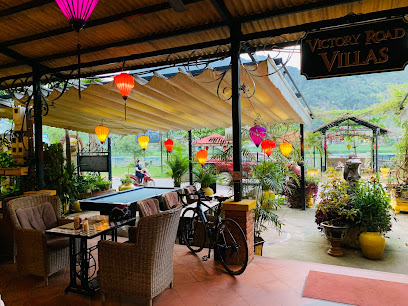
Cây Bàng Quán - Big Tree Restaurant
Discover Cây Bàng Quán, a serene beer garden in Phong Nha-Kẻ Bàng National Park, where nature meets relaxation and local flavors come alive.
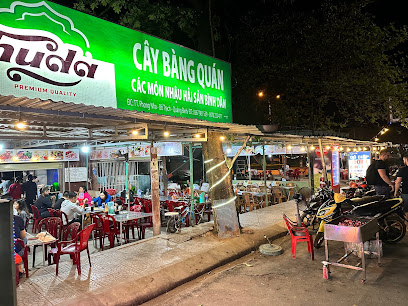
Cozy Cafe
Experience the perfect blend of delicious coffee and local charm at Cozy Cafe in Phong Nha, Vietnam.

Dubai Pub Phong Nha
Experience the vibrant atmosphere of Dubai Pub in Phong Nha, Vietnam - where local culture meets international flair in a cozy setting.

Jungle Boss Pub and Restaurant
Experience the vibrant atmosphere and delicious cuisine at Jungle Boss Pub and Restaurant in Quang Binh, Vietnam.
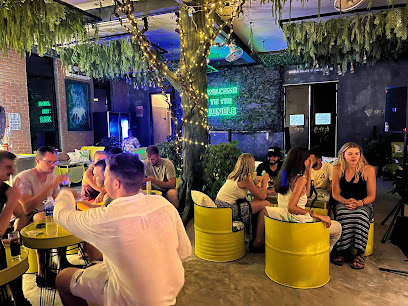
Karaoke Bin Ben
Experience the vibrant nightlife of Quang Binh at Karaoke Bin Ben, where every visitor can sing, unwind, and create lasting memories.

NHÀ HÀNG SK BEER
Immerse yourself in the lively atmosphere of NHÀ HÀNG SK BEER, a vibrant bar in Quang Binh, Vietnam, perfect for relaxation and cultural experiences.
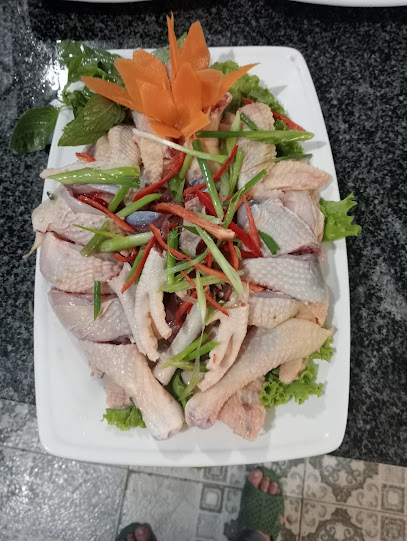
Bia Hơi 79 - Vịt Quay Lạng Sơn
Discover the lively charm of Bia Hơi 79 - Vịt Quay Lạng Sơn, where authentic Vietnamese cuisine meets a vibrant beer hall atmosphere in stunning Phong Nha.

KARAOKE PRO SON OANH
Experience the ultimate karaoke adventure in Quang Binh Province at Karaoke Pro Son Oanh, where music and fun come together for an unforgettable night.

QUÁN LẨU NƯỚNG BÉ TY
Discover the vibrant flavors of Vietnam at QUÁN LẨU NƯỚNG BÉ TY, a premier beer garden in Quang Binh Province, perfect for food lovers and social gatherings.

VINAHOUSE NGỌC VŨ
Discover the local charm and vibrant atmosphere of VINAHOUSE NGỌC VŨ, your go-to bar in Quang Binh for an unforgettable night out.
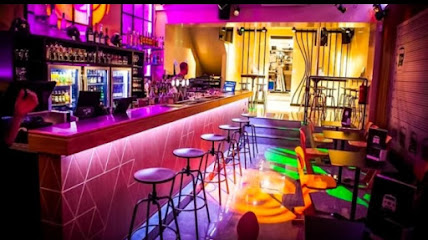
Local Phrases about Phong Nha-Ke Bang National Park
-
- HelloXin chào
[sin chow] - GoodbyeTạm biệt
[tam byet] - YesCó
[kaw] - NoKhông
[kawng] - Please/You're welcomeXin vui lòng
[sin vwee long] - Thank youCảm ơn
[gam uhn] - Excuse me/SorryXin lỗi
[sin loy] - How are you?Bạn khỏe không?
[bahn kweh kawng] - Fine. And you?Khỏe. Còn bạn?
[kweh. kawn bahn] - Do you speak English?Bạn nói tiếng Anh không?
[bahn noy tyeng ahn kawng] - I don't understandTôi không hiểu
[toy kawng hyeh-oo]
- HelloXin chào
-
- I'd like to see the menu, pleaseTôi muốn xem menu, vui lòng
[toy moon sem menu, vwee long] - I don't eat meatTôi không ăn thịt
[toy kawng an tit] - Cheers!Chúc sức khỏe!
[chook sook kweh] - I would like to pay, pleaseTôi muốn thanh toán, vui lòng
[toy moon tung twan, vwee long]
- I'd like to see the menu, pleaseTôi muốn xem menu, vui lòng
-
- Help!Cứu!
[kyoo] - Go away!Đi xa!
[dee sa] - Call the Police!Gọi cảnh sát!
[gawee keng saht] - Call a doctor!Gọi bác sĩ!
[gawee bahk see] - I'm lostTôi lạc đường
[toy lahk doong] - I'm illTôi ốm
[toy ohm]
- Help!Cứu!
-
- I'd like to buy...Tôi muốn mua...
[toy moon moo-ah...] - I'm just lookingTôi chỉ xem
[toy chee sem] - How much is it?Giá bao nhiêu?
[za bao nyew] - That's too expensiveĐắt quá
[dat kwa] - Can you lower the price?Có thể giảm giá không?
[kaw te zam za kawng]
- I'd like to buy...Tôi muốn mua...
-
- What time is it?Bây giờ là mấy giờ?
[byee zwa la myee zwa] - It's one o'clockBây giờ là một giờ
[byee zwa la moht zwa] - Half past (10)Mười giờ nửa
[moo-ee zwa nwa] - MorningBuổi sáng
[bwee sang] - AfternoonBuổi chiều
[bwee chyew] - EveningBuổi tối
[bwee toy] - YesterdayHôm qua
[hom kwa] - TodayHôm nay
[hom nye] - TomorrowNgày mai
[nguy my] - 1Một
[moht] - 2Hai
[high] - 3Ba
[bah] - 4Bốn
[bohn] - 5Năm
[nahm] - 6Sáu
[sow] - 7Bảy
[byee] - 8Tám
[tam] - 9Chín
[cheen] - 10Mười
[moo-ee]
- What time is it?Bây giờ là mấy giờ?
-
- Where's a/the...?Ở đâu là...
[aw dow la...] - What's the address?Địa chỉ là gì?
[dee-ah chee la zee] - Can you show me (on the map)?Bạn có thể chỉ cho tôi (trên bản đồ) không?
[bahn kaw te chee chaw toy trehn ban do kawng] - When's the next (bus)?Khi nào là chuyến xe buýt tiếp theo?
[kee now la chwee-uhn se booyt tyep the-aw] - A ticket (to ....)Một vé (đến ....)
[moht vay den]
- Where's a/the...?Ở đâu là...
History of Phong Nha-Ke Bang National Park
-
Phong Nha-Ke Bang National Park boasts some of the oldest karst mountains in Asia, formed over 400 million years ago. The landscape is a geological masterpiece of ancient limestone formations, vast underground rivers, and extensive cave systems. These natural wonders have been shaped by millennia of weathering and erosion, creating a subterranean labyrinth that attracts speleologists and adventurers from around the world.
-
The region around Phong Nha-Ke Bang was once part of the Champa Kingdom, an ancient civilization that flourished between the 2nd and 15th centuries. The Chams were known for their impressive maritime skills, trade networks, and Hindu temples. Archaeological evidence, including relics and artifacts, indicates that the Chams used caves in the area for religious purposes and as shelters.
-
During the Vietnam War, the dense jungle and complex cave systems of Phong Nha-Ke Bang provided strategic hideouts for the North Vietnamese Army. The caves were used for storing supplies, housing troops, and even as makeshift hospitals. The area's rugged terrain and natural cover made it a critical component of the Ho Chi Minh Trail, a network of paths used for transporting troops and supplies from North to South Vietnam.
-
In 1991, local farmer Ho Khanh discovered the entrance to what would later be identified as Son Doong Cave, the largest cave in the world. However, it wasn't until 2009 that a team of British cavers, led by Howard and Deb Limbert, fully explored and mapped the cave. Son Doong’s immense size, with a cavern large enough to house an entire city block, has since captivated the global scientific community and adventure tourists alike.
-
In 2003, Phong Nha-Ke Bang National Park was designated as a UNESCO World Heritage Site. The recognition was due to its outstanding geological and ecological significance. The park is home to diverse flora and fauna, some of which are endemic to the region. The UNESCO designation has helped to promote conservation efforts and sustainable tourism practices in the area.
Phong Nha-Ke Bang National Park Essentials
-
Phong Nha-Ke Bang National Park is located in Quang Binh Province, Vietnam. The nearest major city with an airport is Dong Hoi, which is about 45 kilometers away. Dong Hoi Airport (VDH) has domestic flights from major cities like Hanoi and Ho Chi Minh City. From Dong Hoi, you can take a bus, taxi, or private car to the park. Alternatively, you can take a train to Dong Hoi Railway Station from major cities, and then proceed to the park by road.
-
Once at Phong Nha-Ke Bang National Park, transportation options include motorbike rentals, bicycles, and local taxis. For those who prefer guided tours, several operators offer day trips and excursions within the park. The park itself has boats that take visitors through the caves, which is a popular way to experience the park's stunning karst landscapes and underground rivers.
-
The official currency of Vietnam is the Vietnamese Dong (VND). Credit cards are accepted in larger hotels, restaurants, and some shops, but it is advisable to carry cash, especially for smaller establishments and local markets. ATMs are available in Dong Hoi and Phong Nha town, but it's a good idea to withdraw enough cash before heading into the more remote areas of the park.
-
Phong Nha-Ke Bang National Park is generally safe for tourists. However, standard travel precautions should be taken. Avoid walking alone at night in unfamiliar areas and keep an eye on your belongings in crowded places. There are no specific high-crime areas targeting tourists, but it is always good to be vigilant. When exploring caves, always follow the guidance of your tour guide for safety.
-
In case of emergency, dial 113 for police, 114 for fire, and 115 for ambulance services. The nearest hospital is in Dong Hoi, about 45 kilometers from the park. It is recommended to have travel insurance that covers medical emergencies. For minor health issues, there are pharmacies in Phong Nha town where you can purchase over-the-counter medications.
-
Fashion: Do wear comfortable and practical clothing suitable for outdoor activities. When visiting caves, wear sturdy shoes. Religion: Do respect local customs and traditions. Avoid offending religious sentiments. Public Transport: Do be respectful and patient when using public transport. Don't expect punctuality as schedules can be flexible. Greetings: Do greet people with a friendly smile and a slight bow. Handshakes are becoming more common. Eating & Drinking: Do try local delicacies and accept food offerings graciously. Don't refuse hospitality as it is considered impolite.
-
To experience Phong Nha-Ke Bang National Park like a local, visit the local markets in Phong Nha town for fresh produce and traditional goods. Engage with locals, as they are often friendly and willing to share stories about the area's history and culture. Don't miss taking a boat ride through Phong Nha Cave or exploring the less touristy Paradise Cave. For a unique experience, consider staying in a local homestay to immerse yourself in the local lifestyle.
Nearby Cities to Phong Nha-Ke Bang National Park
-
Things To Do in Savannakhet
-
Things To Do in Hue
-
Things To Do in Pakse
-
Things To Do in Da Nang
-
Things To Do in Ubon Ratchathani
-
Things To Do in Champasak
-
Things To Do in Hoi An
-
Things To Do in Tam Ky
-
Things To Do in Udon Thani
-
Things To Do in Vientiane
-
Things To Do in Xieng Khouang
-
Things To Do in Phonsavan
-
Things To Do in Hanoi
-
Things To Do in Ha Long
-
Things To Do in Vang Vieng


